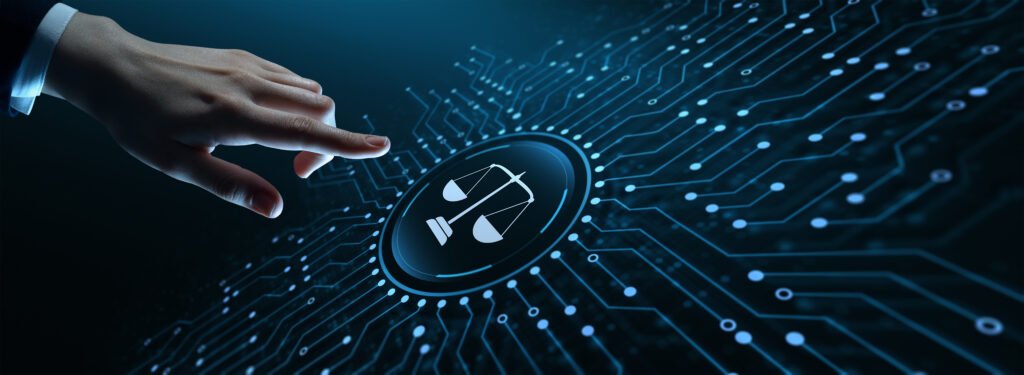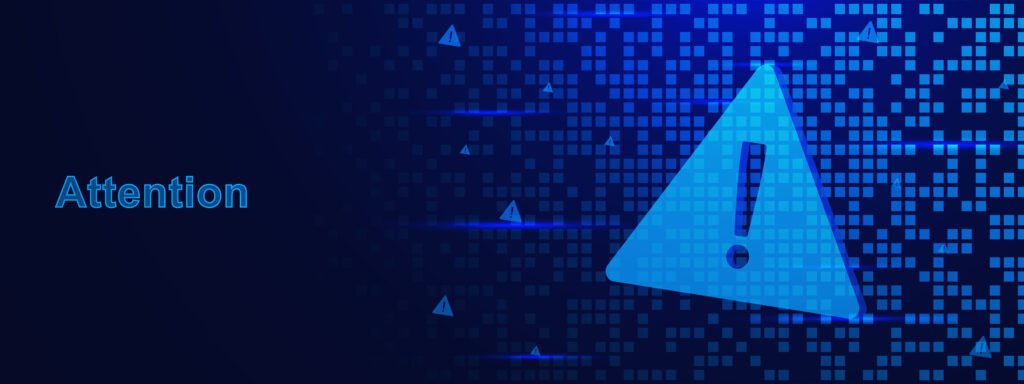Building A New Cyber Defense Strategy In 2025
Building A New Cyber Defense Strategy In 2025 INTRODUCTION As the digital age dawns, cyber attacks become increasingly complex and frequent than ever. As businesses continue automating more processes, the need to make a new blueprint for cyber defense in 2025 can’t be overemphasized. The outdated reactive cybersecurity models are not enough to combat emerging cyber attacks that take advantage of artificial intelligence, automation, and zero-day exploits. To protect critical data, maintain customer trust, and ensure business continuity, companies must adopt an active, integrated approach towards cybersecurity. This blog explores the most important factors, new trends, and best practices of developing a new cyber defense strategy that will be able to withstand the advanced threat landscape of 2025 and beyond. Understanding the Cybersecurity Landscape in 2025 Attackers have become more persistent, sophisticated, and smarter AI-based phishing and social engineering attacks Ransomware-as-a-service (RaaS) attacks on vulnerable targets Supply chain attacks on trusted vendors Zero-day attacks on IoT and cloud infrastructure With this, creating a new cyber defense is all about predictive threats and adaptive security controls staying one step ahead of emerging threats and risks. Brute force alone is no longer being used by cybercriminals but rather human mistake, poor configurations, and complicated networks instead. Key Components of Creating a New Cyber Defense In order to create a contemporary and effective cyber defense, organizations need to implement layered security controls within people, processes, and technology. 1. Zero Trust Architecture (ZTA) The zero trust architecture depends on the principle of “never trust, always verify.” It removes implicit trust in the network and verifies each access request at all times and all places from which the request is coming. This is most important when employees are operating remotely or from cloud providers. Adding ZTA is a stepping stone to creating a new cyber defense that reduces insider attacks and lateral movement in networks. 2. Artificial Intelligence and Machine Learning Installation of AI-powered security solutions is a mandatory component in the creation of a new cyber defense that can evolve with evolving attack techniques. 3. Endpoint Detection and Response (EDR) With growing popularity of remote work and BYOD implementations, endpoints like mobile devices and laptops were the primary targets. EDR solutions offer real-time detection and automated response to endpoint threats that stop malware spread and data breaches. 4. Cloud Security As the organizations move to hybrid or multi-cloud, protecting cloud assets becomes a must. Identity and access management (IAM), encryption, and real-time compliance monitoring are cloud security solutions. Cloud security is an important layer to be constructed in building a new cyber defense in 2025. 5. Threat Intelligence and Analytics Active threat intelligence platforms consolidate and break down worldwide threat information, allowing organizations to prepare and predict precise cyber threats. Integration of threat intelligence enhances situational awareness and empowers security controls and policy. Compliance and Governance: The Legal Framework Regulatory compliance is the key driver of cybersecurity strategy. Regulations like GDPR, HIPAA, and the upcoming regulations like India’s Digital Personal Data Protection Act require organizations to ensure proper data protection. Building a fresh cyber defense plan in 2025 is all about infusing compliance into every aspect of security to escape enormous fines and brand reputation damage. Good governance ensures accountability, readiness for audits, and constant risk management. Securing the Remote and Distributed Workforce The future of work requires a total reboot of network security. Perimeter security won’t suffice when users are accessing from everywhere and anywhere. Key measures are: Implementing multi-factor authentication (MFA) Employing end-to-end encrypted communication channels Ongoing training of remote employees in cybersecurity best practice They are essential to building a new cyber defense that will protect distributed workforces. Incident Response and Recovery: Preparing for the Inevitable No security program can promise to be foolproof. Therefore, planning a fresh cyber defense must also cover good incident response (IR) and disaster recovery (DR) planning. Organizations need to: Develop and regularly revise incident response playbooks Perform tabletop exercises and simulations Maintain automated backup and recovery protocols Develop effective communication processes for internal stakeholders and external actors A robust IR and DR mechanism enables rapid containment and reduces operational impact in the event of cyber attacks. Employee Training and Awareness Human beings are the weakest point of security. Training employees through ongoing education is crucial in the development of a new cyber defense. Effective training programs encompass: Phishing simulation campaigns Best practices in cyber hygiene Role-based security awareness modules Rewards for good security behavior A security-conscious workforce considerably lowers the threat of insider threats and inadvertent breaches. Savvy Investing: Cyber Defense Budgeting Cybersecurity is something to be considered a strategic investment. Firms with 10-15% of the IT budget going to security in 2025 are more effective at mitigation and compliance. Budgeting guidelines in designing a new cyber defense involve: Running full-scale risk assessments for appropriate spending priorities Utilizing scalable cloud-based security solutions Maintaining return on investment (ROI) of reducing incidents and passing audits Effective budgeting enables responsive and sustainable security positions. Future Trends Redefining Cyber Defense In the future, following are some trends that will redefine cyber defense practices: Quantum-resistant cryptography to neutralize quantum threats Decentralized identity management for better privacy Blockchain-based security for data integrity State-of-the-art 5G network security to safeguard IoT ecosystems Blending these trends will be essential while developing a new cyber defense for future resiliency. Building a Cyber-Resilient Culture Technology cannot provide security. Organizations need to develop a culture in which everyone is held accountable for cybersecurity. Steps to construct such a culture are Leadership in promoting and investing in cybersecurity Open communication about risk and incidents Rewarding staff members who adhere to security best practices Promoting innovation and ongoing learning This integrated approach solidifies the foundation of constructing a new cyber defense. Conclusion With the fast-changing digital environment of 2025, it is no longer a choice but a need to create a new cyber defense strategy—it becomes an imperative for every organization to want to protect their data, reputation, and business resilience. Cyber attacks are increasingly sophisticated, using the
Building A New Cyber Defense Strategy In 2025 Read More »








